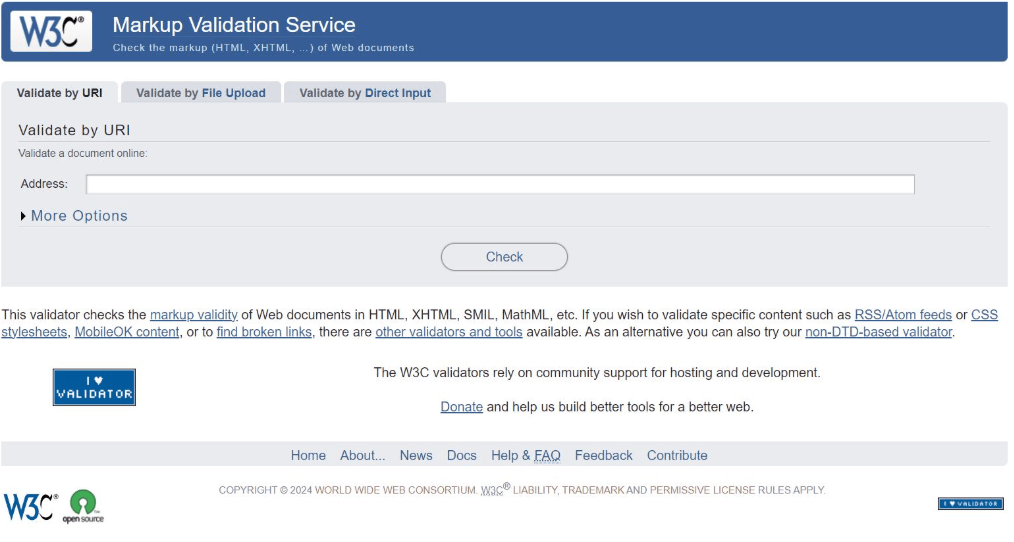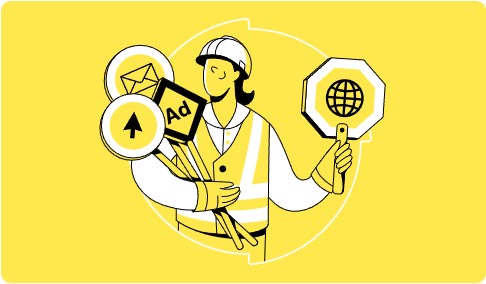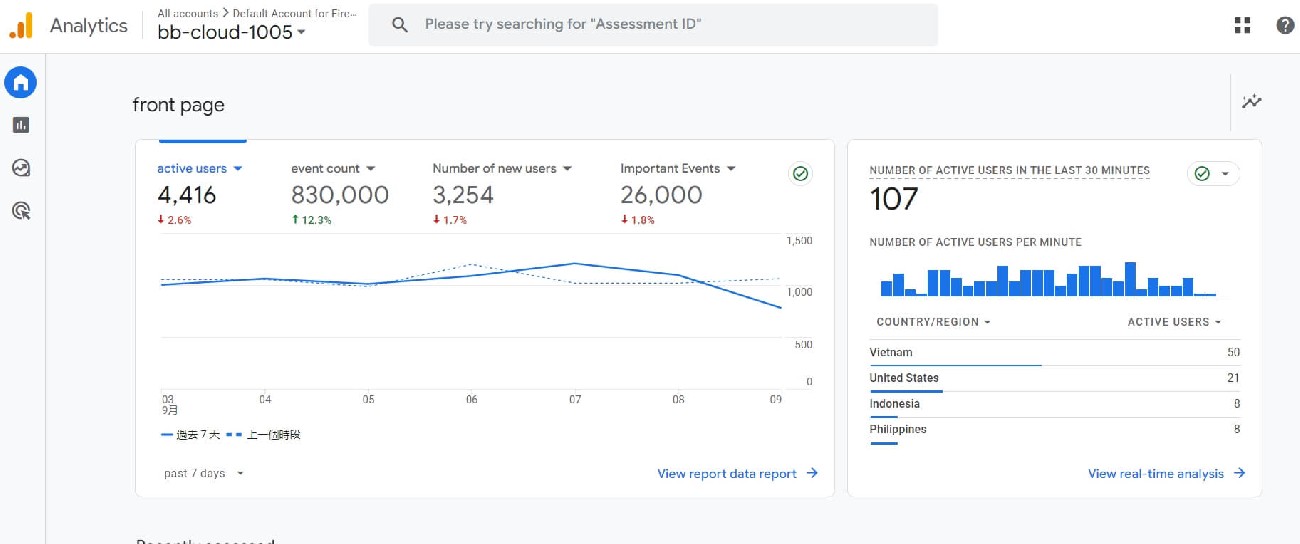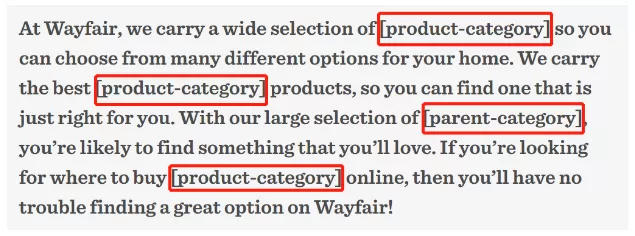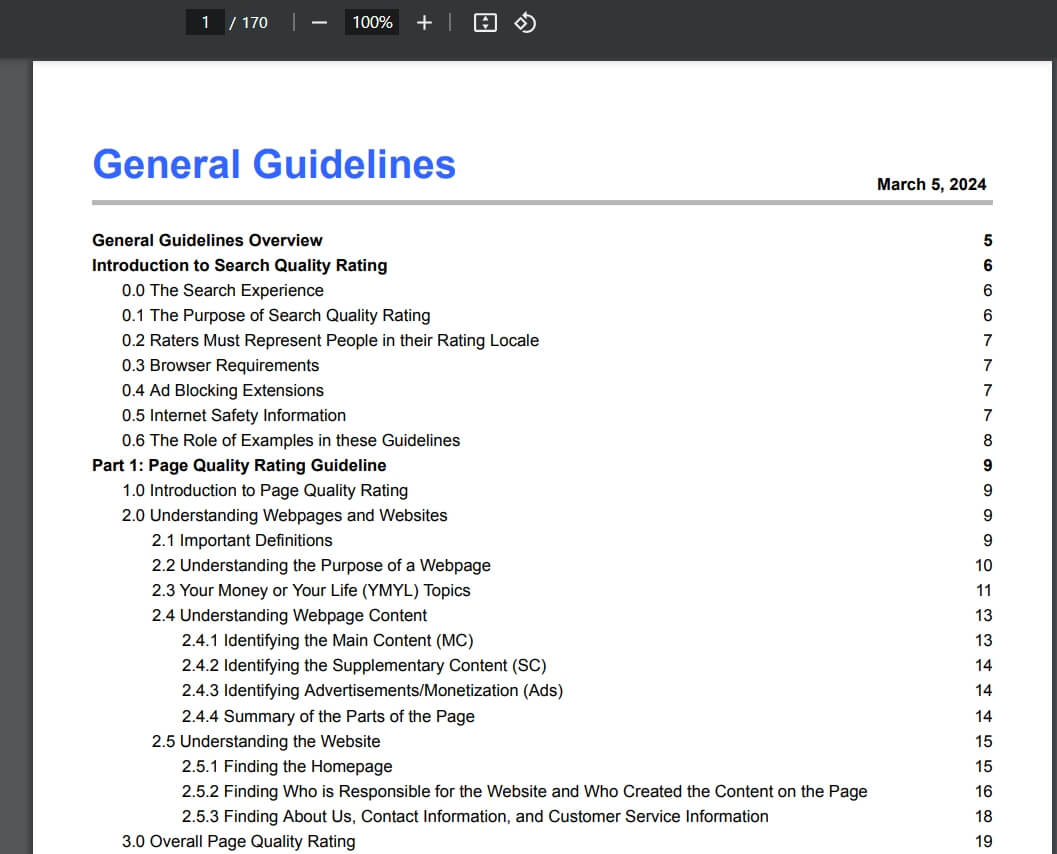If you own a brick-and-mortar store, local SEO is a critical part of your SEO strategy. Local SEO optimization helps customers in your area discover your physical retail location. The following checklist provides essential steps to boost your local SEO performance and connect with nearby customers.
Local SEO Optimization Checklist
31. Create a Google Business Profile
For local businesses, Google Business is a powerful and free SEO tool that helps customers find you through Google Search and Google Maps.
To get started, visit the registration page. You’ll need to provide basic information about your business, such as your name, category, location, and contact details. After completing your profile, optimize it to increase the chances of appearing in search results and connecting with potential customers.
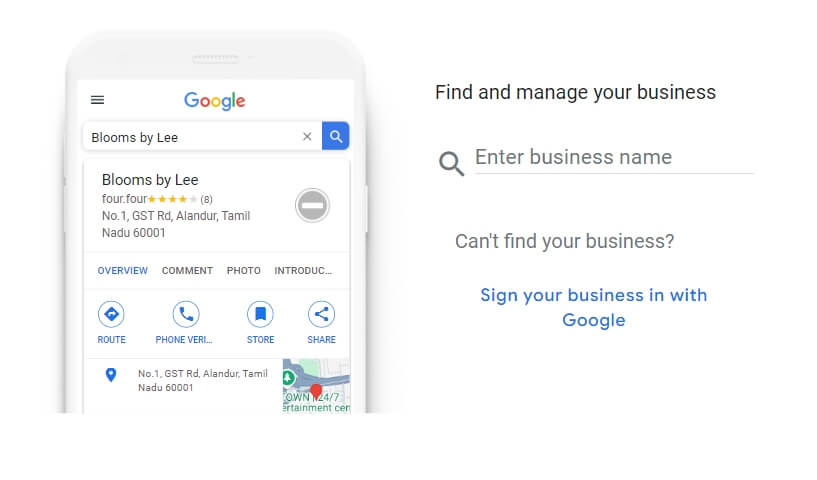
32. List Your Business on Major Directories and Platforms
You’ve probably heard of listing your business in online directories. While there are many directory websites, only a few have a significant impact on your search ranking.
Here are the top 10 directories you should prioritize:
Facebook
Apple Maps
Google Business Profile
LinkedIn Company Directory
Bing
Yelp
Better Business Bureau
Foursquare
Yellow Pages
Angi (formerly Angie’s List)
Explore more platforms to discover niche sites that align with your business, and list your business information where relevant.
33. Complete Your "Contact Us" Page
While it’s essential to carefully craft your homepage and landing pages, for local businesses, the "Contact Us" page is vital for building trust and attracting local customers.
Ensure that your contact form includes your name, address, and phone number. This is crucial for local SEO, as Google values consistent and accurate information for searchers. You don’t want customers showing up at your store only to find out it’s closed because you didn’t update your business hours.
34. Consider Creating City-Specific Landing Pages
If you have physical locations in multiple cities, consider creating a unique landing page for each city. This helps your website rank more easily in each local market, even without building separate websites for each location.
When optimizing for local SEO, creating distinct landing pages for each location can be time-consuming, especially if you have many store addresses. However, this approach avoids shallow, unhelpful content that could lead to penalties from Google.
For example, Allbirds’ e-commerce site uses this local SEO strategy. French shoppers are directed to a localized landing page for their Paris store, which includes store hours, contact information, and the address.
By following these steps, you can effectively optimize your business for local searches and build a stronger presence in your target markets.
